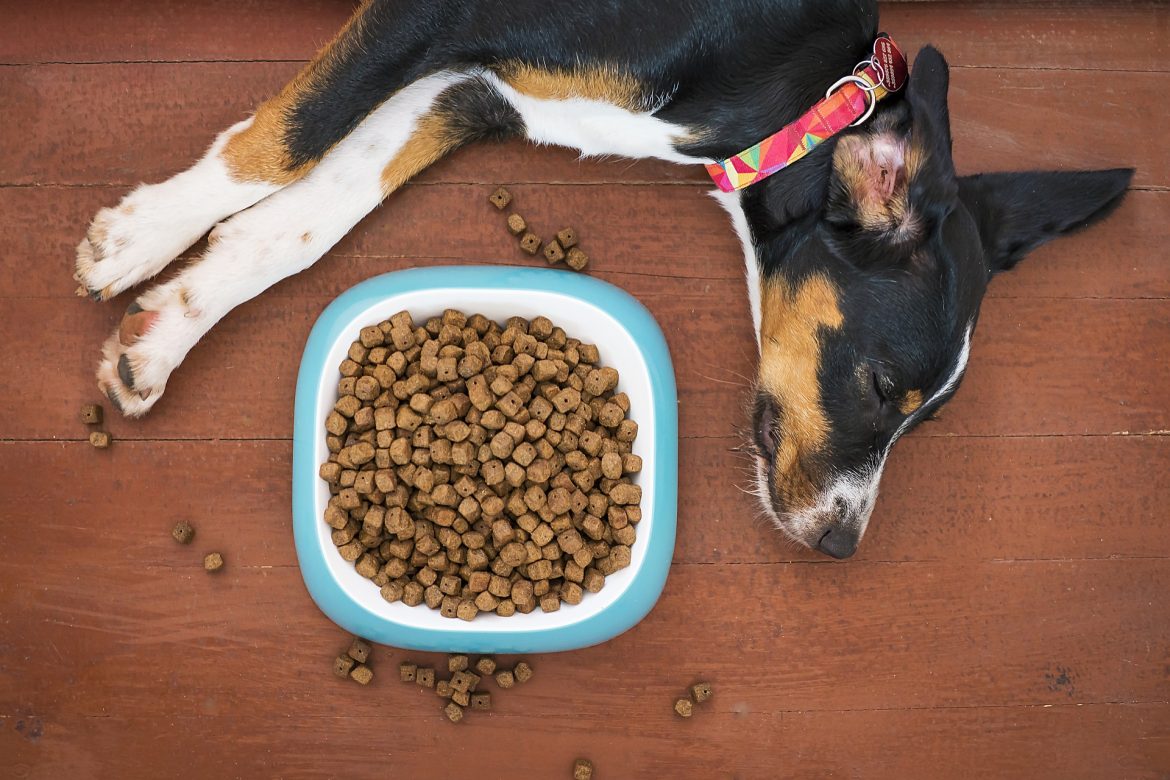Like any type of dog food, kibble has its pros and cons. For Dog Owners who do use it, we suggest mixing kibble with raw food to broaden your dog’s health benefits. Regardless of how you serve kibble, though, you’ll want the best for your furbaby. That’s why we’ve prepare a simple, point-by-point guide on how to choose the right kibble for your dog!

Before we explore how to choose the right kibble, let’s address some misconceptions
In the realm of kibble, corn and wheat have garnered their share of criticism. And to be honest, our hands are far from clean on this topic; we’ve previously written on the risks of grain to dogs as well. However, recent research has supported the idea that, when properly prepared, grain and corn can serve your pooch well. Specifically, they provide sources of Vitamin E, amino acids, and fatty acids. They also deliver energy for our pups through carbs and healthy fats.
A second misconception pertains to the length of ingredient lists. Thanks to ideas around human nutrition, many Dog Owners believe that a long list equates to a bad product. With kibble, though, a lengthy, chemical-sounding cluster of ingredients can simply suggest a balanced diet. Many of the base ingredients in kibble don’t contain all the nutrients our dogs need, so to account for their absence, kibble-makers may blend in extra supplements.
Now that we’ve cleared that up, let’s delve into choosing the right kibble
Instead of quantity of ingredients, the best measure of a kibble’s worth is in its quality. As you may know from your own human shopping, cuts of meat can vary in their calibre. Some are lean, protein-rich, and full of nutrients, while others are crammed full of fat and gristle. The same is true of the meats in kibble; the better the kibble, the higher the quality of meat is likely to be.
Sadly, kibble makers rarely list the type of meat cut they use. For instance, rather than saying “high-fat mince” or “sirloin steak”, they’ll probably just say “beef”. As a result, it can be difficult to discern the quality of kibble from the package. While it may sound obvious, the best indicator with kibble will invariably be the price. Pet food is mostly a “get what you pay for” kind of market, and nowhere is that truer than with kibble.
However, if your dog has a sensitive stomach, they may sometimes struggle to digest even top-shelf kibble. Should your dog suffer from such a malady, never fear: you still have kibble options available to you.
Vet-sourced kibble can meet the needs of dogs with sensitive stomachs
That’s right – vet clinics offer kibble for dogs with tummy issues. The reason this kibble dodges digestive problems is due to the hydrolysis process during prep, which occurs at a different temperature. The result is a kibble which is gentler on your doggo’s gut. You can also ease your furbaby’s stomach woes with prebiotics and probiotics, which you can also procure through your vet.
Would you like to give your dog’s dinner an upgrade? Mix their kibble with Mad Paws Dinner Bowl for a meal they won’t forget!

